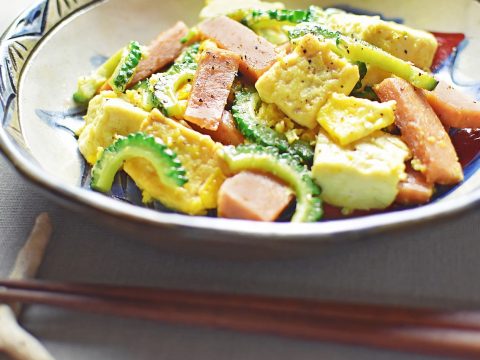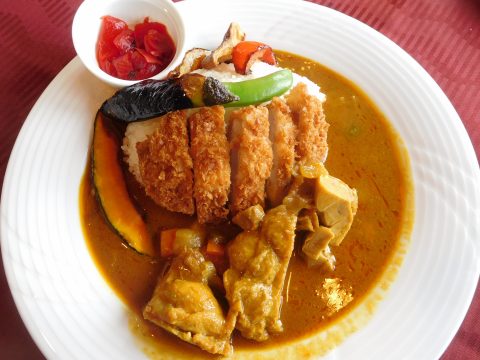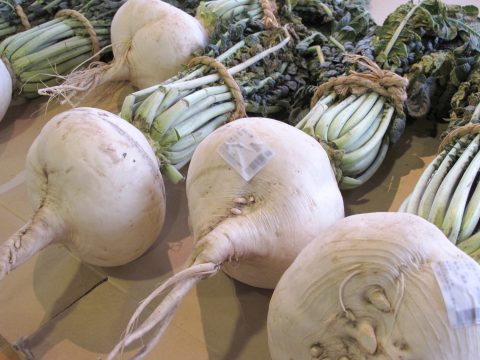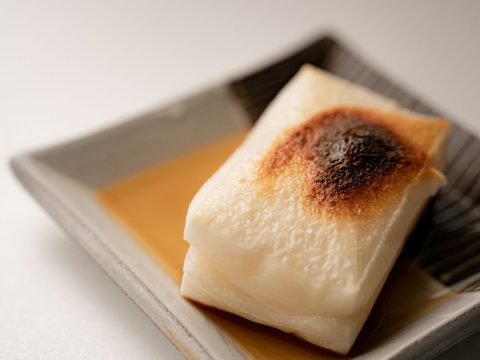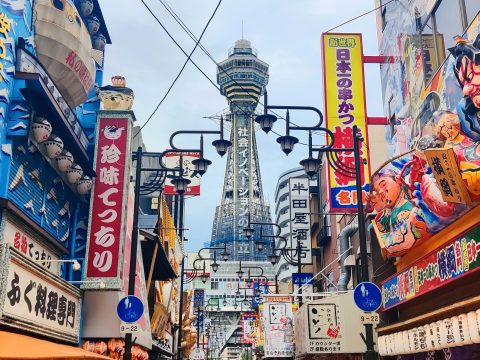Nikuman(肉まん)
JAPANESE FOODS
20.06.2024

Imagine yourself: maybe you’re walking through your local neighbourhood on the way home from work. Maybe you’re in a dash to catch a train when your realise you skipped lunch in your hurry. Maybe it’s four a.m. and you’re on the way home from karaoke or a nomi-kai with your friends, and you could just do with a hearty snack.
Okay, so maybe those examples where pretty much all drawn from personal experience. Sorry! But when it comes to today’s entry into the world of Japanese food, I couldn’t pick just one story. The versatility of today’s introduction is an excellent place to start. So let’s get started.
Nikuman. Japan’s answer to warm snack foods. These fluffy steamed buns are a favourite among locals and tourists alike. Let’s dive into the history of nikuman, explore some popular varieties, find out where you can buy them, and uncover why these tasty treats are so well-loved.
The History of Nikuman
Nikuman, like a lot of Japanese food, originally comes from China. The area in China nikuman comes from is baozi, and the Chinese version is known as Bao. I’m sure we’ve all seen Bao buns on the menu at our local Chinese, their fluffy white dough gleaming with temptation. They were introduced to Japan in the late 19th century.
The Japanese adapted the recipe to their own tastes with new ingredients. Nikuman come with a variety of fillings and even types of dough.
Let’s have a look at some of the must-try types on nikuman if you ever find yourself in Japan.

Varieties of Nikuman
- Butaman: The most common type of nikuman is filled with ground pork mixed with onions, bamboo shoots, and mushrooms. This filling is mostly savoury but a perfect filling snack for if you’re on the go, or just craving some easy comfort food.
- Pizza-man: This twist on nikuman, mixes in a touch of Italian cuisine. Pizza-man is filled with ingredients typically found in pizza, such as cheese, tomato sauce, and sometimes pepperoni or sausage. This one was a personal favourite of mine, as a lover of pizza. The tomato makes it slightly sweeter and, let’s be honest, biting into an oozing pouch of melted cheese brings out the excitable inner child in most of us.
- An-man: While not a meat-filled nikuman, an-man deserves a mention for its sweet appeal. An-man is filled with red bean paste (anko) and adds a delightfully sweet twist on the meaty original.

Where to Buy Nikuman
Nikuman is easy to get pretty much anywhere in Japan. Below are just a few places where you can find these delicious snacks:
- Convenience Stores: 7-Eleven, Lawson, FamilyMart, and other convenience stores often sell nikuman year-round, often keeping them warm at the hot foods counter.
- Supermarkets: Many supermarkets have nikuman in their deli sections.
- Festivals: During festivals, you can find fresh nikuman on sale from food vendors and in stalls.
Nikuman is so popular in Japan because it is the ultimate snack food. Not only is it filling and tasty, but conveniently accessible and cheap as chips. Nikuman in your average convenience store is only going to set you back about 150¥ and comes wrapped in paper, making it perfect to grab and eat on the go for busy people. Not to mention, in the winter months, its fully delightful warmth is incredibly comforting. And with so many varieties these days, you’re sure to find something to your tastes!
As a matter of fact, on my last visit to Japan, a pizza man from 7-Eleven was my last snack. Here are some pictures I took while I enjoyed my last moments in Japan, waiting for the train to Narita Airport at 5 am (a perfect breakfast!)

Ella Clayton
Ella Clayton is a food writer, traveler, and all-around Japan enthusiast. Studying in Japan for her bachelor’s degree, she has ventured from Kansai and Kanto, and can say definitely: Osaka style Okonomiyaki is the best.
Read previous articles by the writer
Read latest articles
KEYWORDS
- # PICKPICK
- # Resume
- # alcohol
- # Rice
- # Soup
- # winter food
- # Fast Food
- # seafood
- # spicy foods
- # raw food
- # fermented food
- # Transportation
- # MEAT
- # Edo culture
- # suits
- # clothing
- # drink
- # fish
- # seasoning
- # Japanese New Years Foods
- # Toshikoshi soba
- # Osechi Ryori
- # Ozoni
- # Christmas
- # Japanese fusion pasta
- # Wafu Pasta
- # Japanese Hot Pot
- # なべ
- # 鍋
- # Miyazaki
- # Chicken Nanban
- # Karamen
- # Autumn Wagashi
- # Mushi-yokan
- # Imo-yokan
- # Japanese Autumn Fruits
- # Autumn
- # Vending Machine
- # fall
- # dango
- # Chestnut rice
- # saury
- # Mushroom
- # Rice vinegar
- # Japanese condiments
- # 調味料
- # Sake
- # Mirin
- # Soy sauce
- # Japanese Noodles
- # Udon
- # Ramen
- # Yakisoba
- # Soba
- # Japanese Seaweed
- # 海藻
- # かいそう
- # Payslip
- # Training
- # Japanese summer foods
- # 和菓子
- # Wagashi
- # ryokucha
- # 夏
- # 飲み物
- # Ramune
- # ラムネ
- # Pokari Sweat
- # ポカリスエット
- # Calpis
- # カルピス
- # Mugicha
- # ume
- # 梅
- # うめ
- # umeshu
- # job hunting
- # tofu
- # Recruitment in Japan
- # miso
- # Japanese cuisine
- # Yellowtail and bonito
- # Children’s Day
- # Kashiwa Mochi
- # Chimaki
- # fruits
- # Kusamochi
- # Types of Agriculture in Japan
- # bread
- # パン
- # パン屋さん
- # japanese bread
- # shokupan
- # meal blead
- # anko bread
- # 桜
- # さくら
- # cherry blossom
- # visa
- # hanami
- # omotenashi
- # sakura
- # おもてなし
- # Japanese hospitality
- # oshibori
- # wet hand towel
- # hand towel
- # restaurant
- # Commuting in Japan
- # Women-only cars
- # Exit gate
- # japanese train
- # train
- # valentine
- # Japanese sweets
- # 朝食
- # Japanese Breakfast
- # Breakfast
- # Japanese
- # 日本
- # healthy
- # persimmons
- # hoshigaki
- # HR
- # work in Japan
- # jinji ido
- # corporate systems
- # Japanese work culture
- # bento
- # ekiben
- # shinkansen
- # omiyage
- # train station
- # Japanese culture
- # work culture
- # mentaiko
- # umeboshi
- # Japanese snacks
- # potato chips
- # Japanese potato chips
- # Japanese writing
- # seaweed
- # konbu
- # ocean foods
- # shio konbu
- # dashi
- # miso soup
- # food processing
- # pear
- # nashi
- # sweet potato
- # japanese sweet potato
- # stingray
- # satsuma imo
- # food value chain
- # homecooking
- # agriculture
- # Japanese homecooking
- # farming
- # nikujaga
- # shojin ryori
- # meat and potatoes
- # traditional foods
- # comfort food
- # buddhist food
- # manufacturing
- # factory
- # eihire
- # vegetarian
- # food and beverage
- # izakaya
- # yatai
- # japanese festival
- # taiyaki
- # matsuri
- # summer
- # Ikayaki
- # smart agriculture
- # shaved ice
- # kakigori
- # かき氷
- # summer dessert
- # Japan
- # Japanese foods
- # dessert
- # fruit
- # matcha
- # icecream
- # Pikcup
- # Pikc up
- # Pcikup
- # skilled labor visa
- # working visa japan
- # Dineer Table in Japan
- # Japanese manner
- # Japanese food
- # Japanese Table Manner
- # Chopsticks
- # Japanese traffic signs
- # traffic information
- # road rules in Japan
- # chocolate
- # green tea
- # Osaka
- # Work Japan
- # Japanese company
- # ikura
- # sushi
- # nigiri
- # wasabi
- # PCIK
- # PICK UP
- # PICK
- # PICKUP


